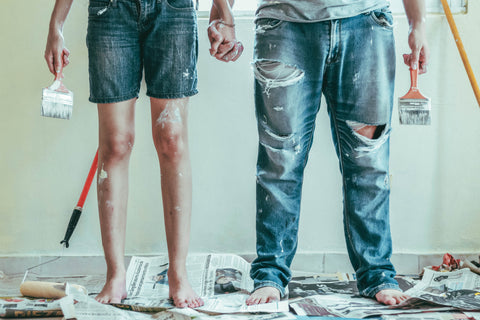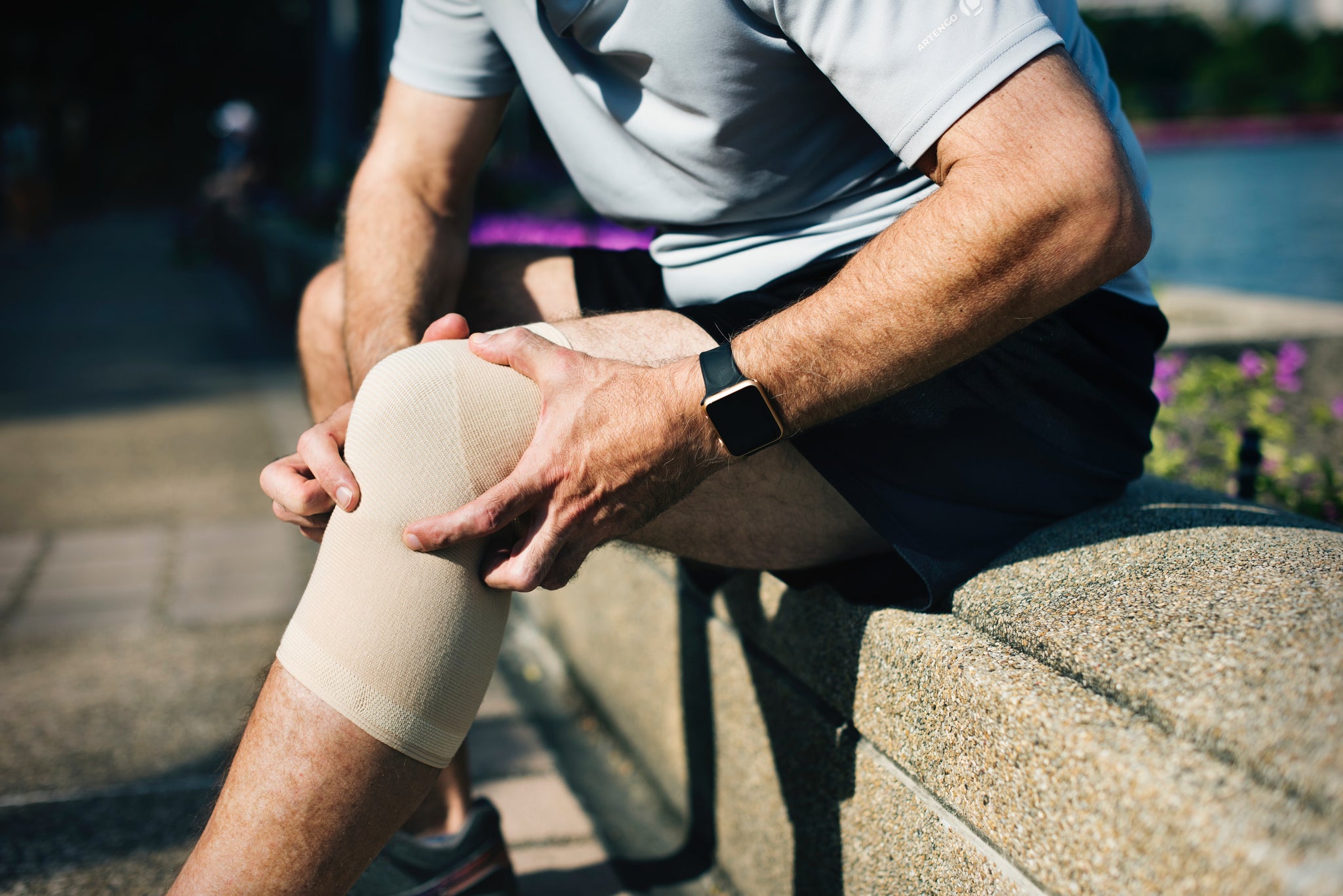




The most common knee complaints from the trades industry include Osteoarthritis and housemaids knee (medically known as prepatellar bursitis).
It may seem daunting to come home after a long shift when you’re feeling those aches and pains and have to do exercise when all you want to do is sit on the sofa with a cold beer. What you may not be aware of is that these exercises could be saving you from the likes of a knee replacement.
Many health sites highly recommend losing weight. Being overweight or obese often places your joints under stress.
Webmd recommends that those suffering from chronic knee pain should aim to do exercise every day. Swimming is a great exercise for those suffering as you are supported by water so you are less likely to feel pain. Swimming improves strength, flexibility and stamina. Many physiotherapists recommend the use of hydrotherapy pools.
Brisk walking or cycling can help to build up muscle around the knee, hips and thighs. This means the knee is supported by increased muscle and therefore more protected. Other recommended exercises include Yoga, Tai Chi and Pilates.
There are some very simple knee exercises that can be done at home, for example, getting up and down from a chair repeatedly without using your arms or doing step ups on and off the first step in your house. Both of these exercises will strengthen the muscles in your knees which will lead to a reduction in stiffness, pain and swelling in the joints.
The doctor may also recommend paracetamol or anti-inflammatories such as ibuprofen or diclofenac. Some anti inflammatory drugs may be given as creams and can be applied to the affected areas. If paracetamol does not work, opioids such as codine may be used. Opioids help to ease severe pain however it may cause drowsiness or nausea.
Sometimes applying hot or cold packs to the knee can help to relieve some symptoms. Cold packs have proved to reduce swelling in and around the knee while heat pads help to get blood pumping around the sore joints.